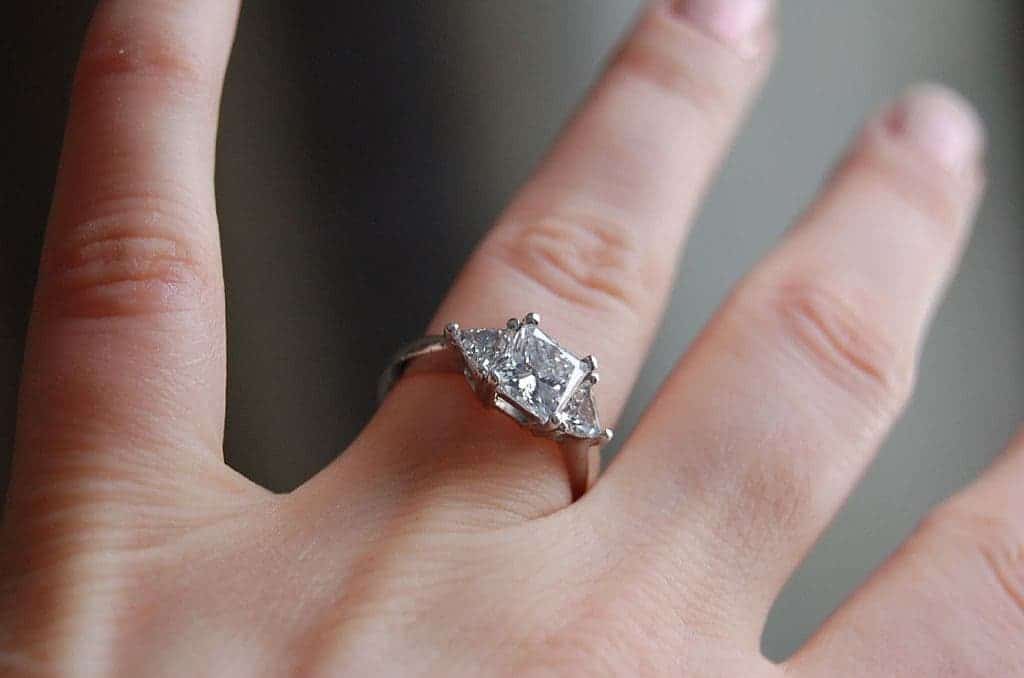Geologists analyzing diamonds of exceptional size and quality have uncovered new clues about the Earth’s geology. By analyzing their chemistry and structure, researchers were able to infer things about the Earth’s mantle, an area inaccessible to direct research.

Diamonds can be used in jewelry… or they can help us better understand the planet’s geology. Image credits: Jennifer Dickert
Diamonds, despite being really expensive, are not entirely that rare. In fact, they’re routinely used in several industrial branches. But big diamonds on the other hand, that’s a completely different story – they’re not only much rarer, but also significantly different. Large gem diamonds like the Cullinan have a unique set of physical characteristics.
“Some of the world’s largest and most valuable diamonds, like the Cullinan or Lesotho Promise, exhibit a distinct set of physical characteristics that have led many to regard them as separate from other, more common diamonds. However, exactly how these diamonds form and what they tell us about the Earth has remained a mystery until now,” explains Dr. Wuyi Wang, GIA’s director of research and development, and an author of the study.
Some of these diamonds grow to such sizes because they were formed in the depths of the Earth, at 360-750 km below the surface (approximately 224-466 miles), in the convecting mantle – much lower than most diamonds which generally form at 150-200 km (approximately 93-124 miles). Being formed at these depths, some of them carry within chemical inclusions from that part of the mantle – a solidified mixture of iron, nickel, carbon and sulfur, with some traces of fluid methane and hydrogen in the thin tiny space between the metallic phases and the encasing diamond. As diamonds grow, small droplets of metallic liquid were occasionally trapped within. In other words, they encase within them a part of the deep mantle’s chemistry, providing us with a direct example of something we would normally just infer.
“This new understanding of these large, type IIa diamonds resolves one of the major enigmas in the study of diamond formation — how the world’s largest and most valuable diamonds formed,” says Smith. “The composition of the inclusions, however, provides the story.”
Of course, sampling the biggest (and most expensive) diamonds in the world is hardly possible. But big diamonds are always polished and some parts (the scratchings) are not that interesting for jewelers. Normally, these scratchings would also be unavailable, but Smith and his team were lucky enough to be given permission for study. What they want to see now is whether this chemical distribution is localized, or is found everywhere throughout the mantle.
“Previous experiments and theory predicted for many years that parts of the deep mantle below about 250 km depth contain small amounts of metallic iron and have limited available oxygen. Now, the metallic inclusions and their surrounding methane and hydrogen jackets in these diamonds provide consistent, systematic physical evidence to support this prediction,” explains Smith.
Journal Reference: E. M. Smith, S. B. Shirey, F. Nestola, E. S. Bullock, J. Wang, S. H. Richardson, W. Wang. Large gem diamonds from metallic liquid in Earths deep mantle. Science, 2016; 354 (6318): 1403 DOI: 10.1126/science.aal1303









